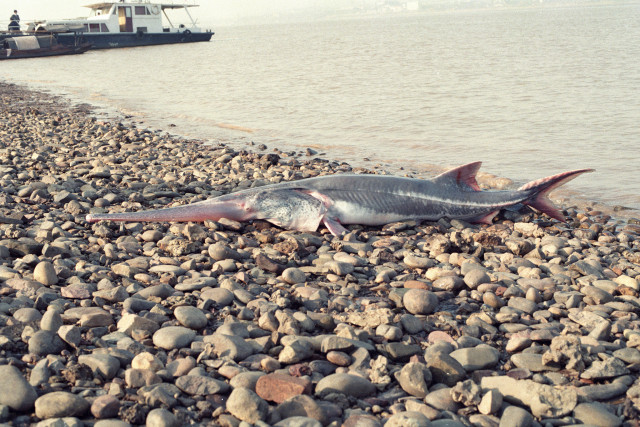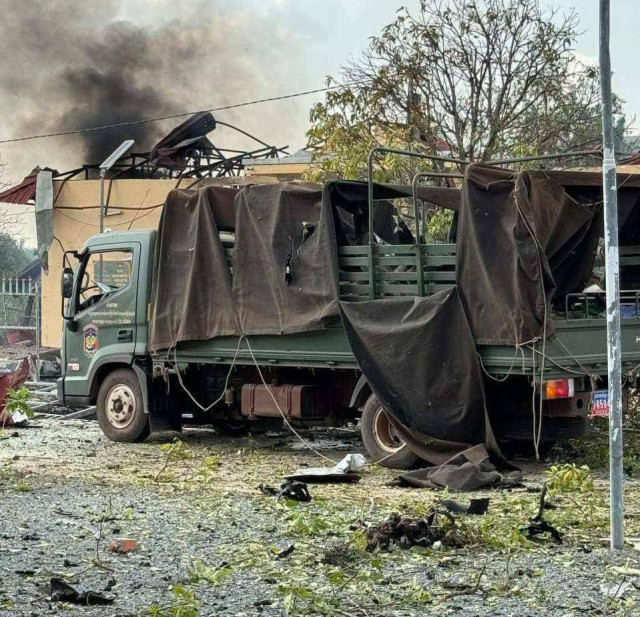Soft Culture Power Sustains US Influence
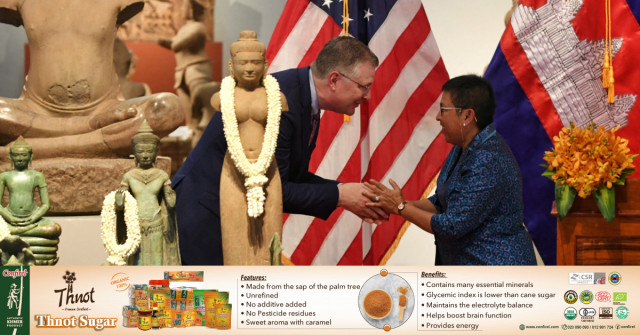
- By Teng Yalirozy
- January 13, 2024 10:53 AM
WASHINGTON – Soft power has emerged as America’s main diplomatic weapon in its battle with China for influence in Cambodia and elsewhere in Southeast Asia.
The US and Cambodia have had on-and-off relations since direct diplomatic links were established in 1950. The relationship deteriorated after Cambodia established ties with China in 1958. It broke off in the 1960s and was restored in 1991.
Now, the US is keen on supporting democratic development in Cambodia, having called repeatedly on the country to respect human rights and grant full freedom to the political opposition, civil society groups and activists.
However, relations are strained by Cambodia’s growing embrace of China, the “ironclad friend” which has supported infrastructure development through loans under Beijing's Belt and Road Initiative (BRI).
With these bittersweet relationships, the US, however, strives to improve engagement through foreign assistance programs, seeing the active input in the late 2000s.
Marvin C. Ott, professorial lecturer and visiting scholar in Southeast Asia Studies at the Johns Hopkins University, said the US prioritizes Southeast Asia for strategic reasons, as private corporations invest significantly in the region, making it a major trading partner.
Meanwhile, the US has to resist the spread of China’s influence in the region.
“What is the strategic significance of Southeast Asia is where the US military and the Chinese military are contesting for the future of the region,” he said.
“The US wants a region that has independence and autonomy so that every country in the region can make his own choices.”
 Marvin C. Ott is a professorial lecturer and visiting scholar in Southeast Asia Studies at the Johns Hopkins University. Photo: Sem Vanna
Marvin C. Ott is a professorial lecturer and visiting scholar in Southeast Asia Studies at the Johns Hopkins University. Photo: Sem Vanna
The US is focusing on strengthening its security position in the region against the pressure from China militarily, putting more US military assets and ties with countries that are willing to work closely with Washington.
Countries like Australia, Japan, the Philippines, Singapore, Vietnam, and Indonesia are the focus, while Cambodia is not a maritime country and is close to China.
Ott said the US has received signs that Cambodia has been captured by China, and the question now is whether Thailand will slip into the same position.
He said the US relationship with Cambodia's Armed Forces is strained due to cultural shifts in Southeast Asia. A Singapore poll showed the US is not seen as a threat but people are suspicious of China.
This view may be true in Cambodia, as the dominant view in Washington is that Cambodia has been captured by China.
“So now the US influence is cultural. And how important that will turn out to be in 10 or 20 years from now? I don't know,” said Ott. “Soft cultural power is probably is the only instrument of statecraft the US has available at this point.”
The US deems Cambodia, despite its small size, as one of the Southeast Asian countries with potential for security and economic ties and is one of the goals to counter China’s influence in the region.
The US has provided $3 billion in foreign assistance for health, education, food security, economic growth, national reconciliation, environment, and clearance of unexploded ordnance and landmines over 30 years.
Cultural cooperation stands in the limelight, with sn official pact starting in 2003. Since 2001, the US has provided almost $6 million to preserve Cambodia’s culture, including grants to restore the Preah Vihear temple, support the Toul Sleng Genocide Museum, create digital inventories of objects at provincial museums, and educate the public on cultural heritage protection.
Cultural links show their power
Him Rotha, deputy director of the Cambodian Center for Regional Studies, said Cambodian youth are highly receptive to American pop culture, a significant advantage in learning English for market demand in a globalized world and integrating regions.
“Most global media platforms are dominated by American companies; therefore, the US has a head start on soft cultural power in Cambodia compared to other countries,” he said.
Ro Vannak, a political commentator and co-founder of the Cambodian Institute for Democracy, said the US cannot compete with China in terms of infrastructure development projects, thus, it opts for close cooperation with the new government, using the right soft power.
“I think that the US investment in soft power over Cambodia through exchange programs and scholarships to study at US renowned universities is part of US soft diplomacy that can appease the Cambodian people, especially young Cambodians in recognition of American influence,” he said.
The US’s soft power, however, will not suffice to bolster its influence on Cambodia. The US has hard power that can be used effectively with Cambodia for the benefit of the people of both countries, such as trade and the Generalized System of Preferences (GSP).
“I still think that the US has a strong soft power over the Cambodian people and hard power over the government if the US knows how to use it properly and efficiently,” said Vannak.
“Investing in building the democratic state continues to have an impact among the people, in addition to economic aid, education, culture, health and tax incentives that have contributed to improving the livelihoods of the Cambodian people.”
Vannak added that US companies must direct investment in Cambodia to effectively work with the government, despite challenges such as weak rule of law and corruption.
Marvin Ott said that non-military instruments of strategy include diplomacy, public affairs and cultural outreach. The current National Security Adviser, Jake Sullivan, advises the President on serious national security issues. In the case of Cambodia, culture is part of the spectrum of instruments available to the government.
In Cambodia, the only instrument with a little bit of economics and diplomacy is culture. However, focusing on Cambodia is crucial, as it is part of the spectrum of instruments available to the government, he said.
Piper Campbell, who was deputy chief of mission and chargé affairs ad interim in the US Embassy in Phnom Penh from 2006 to 2009, said Cambodia should aim to balance the interests with the US and China, saying that sovereignty and national pride are crucial aspects of decision-making.
“I hope that there remains the space for Cambodia to want to engage with the United States and to see the benefits of engagement with the United States, as well as seeing the bounded benefits of engagement with China,” she said.
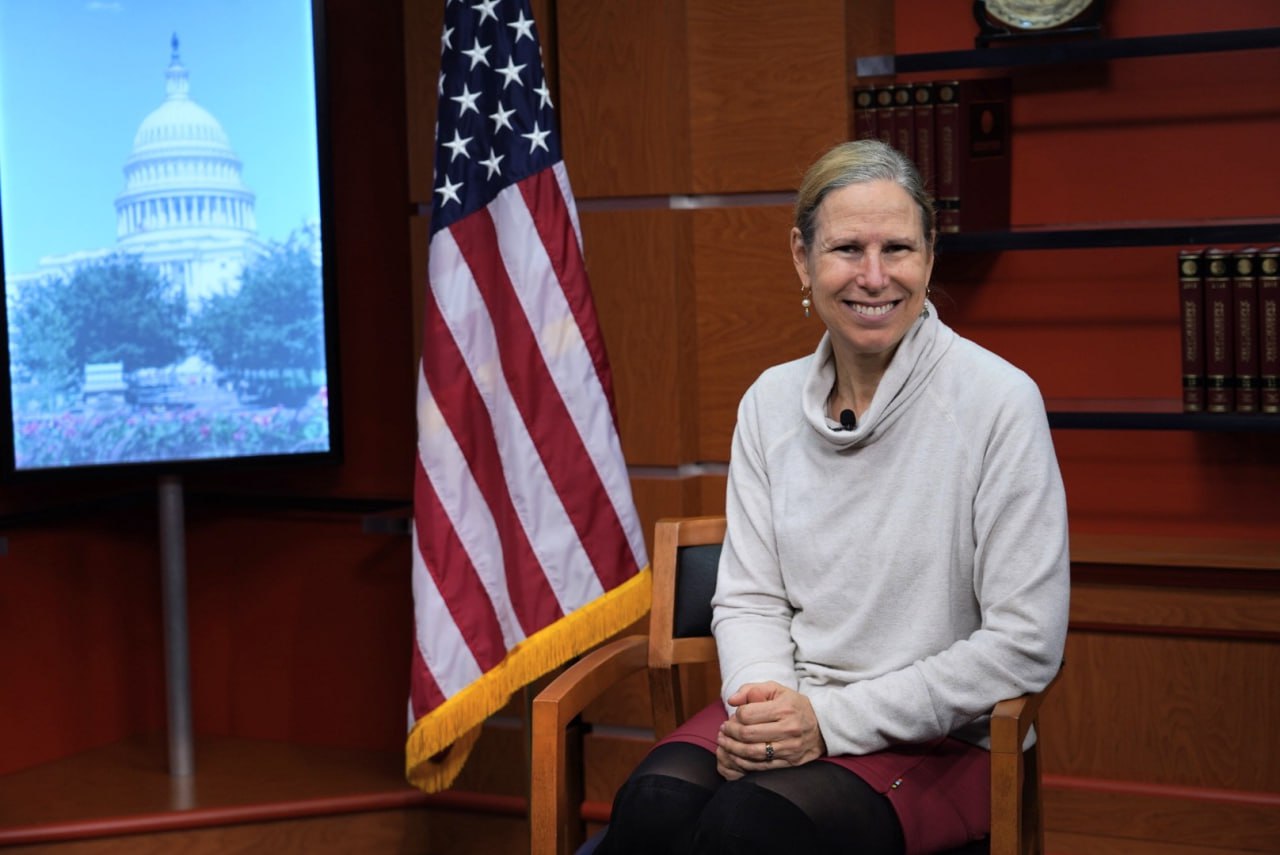 Piper Campbell was deputy chief of mission and chargé affairs ad interim in the US Embassy in Phnom Penh from 2006 to 2009. Photo: Sem Vanna
Piper Campbell was deputy chief of mission and chargé affairs ad interim in the US Embassy in Phnom Penh from 2006 to 2009. Photo: Sem Vanna
Why Cultural Cooperation?
Campbell said cultural cooperation is what the US can bring to the table. Cultural cooperation fosters mutual understanding and builds soft power connections, providing a mutual language, as seen in Cambodian and American dancers teaching each other techniques.
This mutual understanding also helped in museum preservation, as it provided shared ideas for working together.
“I think the most important thing about cultural cooperation is the second word.”
“Cooperation is looking at what a country like the United States can bring to the table, how we can help, while at the same time and most importantly, allowing the country to take the lead in defining what's important.”
Emma Natalya Stein, a curatorial staff member at the Smithsonian’s National Museum of Asian Art who has traveled to Cambodia to learn about the sculptures, said cultural cooperation is crucial, especially for Cambodian Americans living in the US who have a sense of pride and ownership of their heritage.
“Cambodia today is a Buddhist country, and most Cambodians are Buddhists,” she said. “This was a way to also bring that story into the present and to bring it into America. So, I think it's important that we remember our responsibility.”
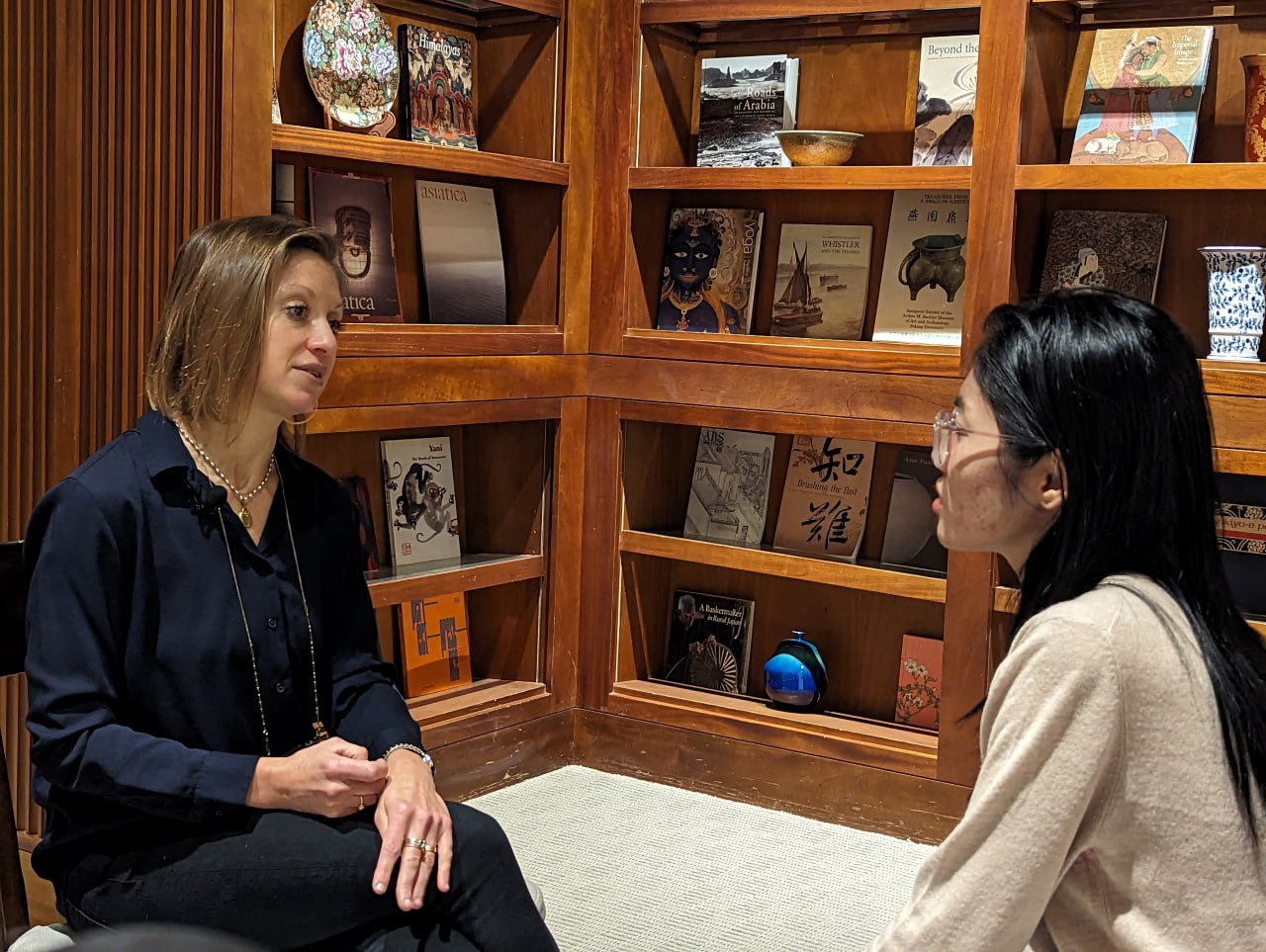 Emma Natalya Stein is a curatorial staff member at the Smithsonian’s National Museum of Asian Art who has traveled to Cambodia to learn about the sculptures. She gave the interview to Cambodianess at the Smithsonian’s National Museum of Asian Art in December 2023. Photo: Sem Vanna
Emma Natalya Stein is a curatorial staff member at the Smithsonian’s National Museum of Asian Art who has traveled to Cambodia to learn about the sculptures. She gave the interview to Cambodianess at the Smithsonian’s National Museum of Asian Art in December 2023. Photo: Sem Vanna
A future with understanding
Piper Campbell lived in Cambodia for three years and had a strong connection with its people and culture.
She envisioned that the US and Cambodia could build on their strong cultural cooperation foundation, expanding it into educational exchange, governance, democratization and economic connections.
This enhanced understanding and engagement would deepen relationships in governance, democratization, and economic connections, she said.
“I would love to see more Americans traveling to Cambodia and more Cambodians coming to the United States, including to learn and study in the US,” she said.
Marvin Ott said the relationship would not change unless there were radical changes in Beijing. “I don't think that's going to happen,” he said.






